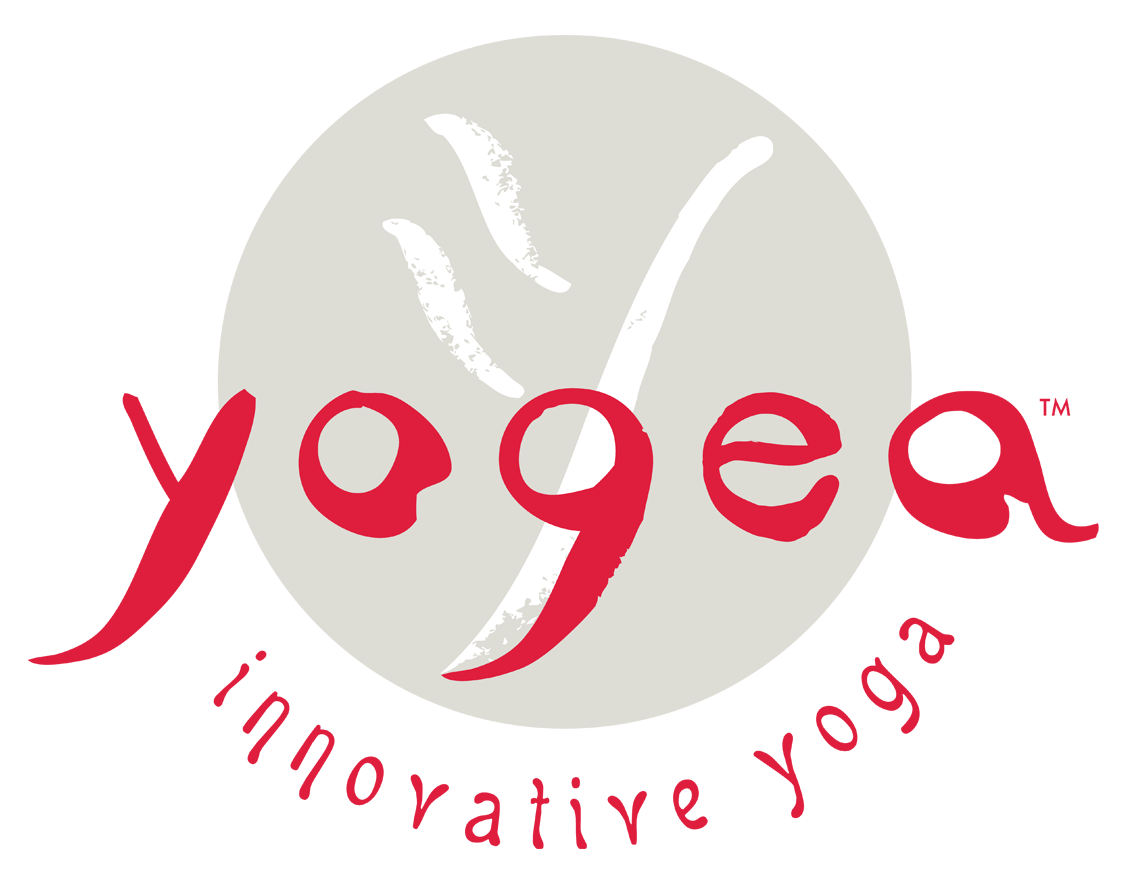Physical Prowess
As a long term yogini and dancer I have always trained my legs through compound movement and resistance stretching. But a recent labrum tear in my right hip, made me reconsider my leg strengthening routine. Prior to that I would build my legs as part of an interval routine, or pump them up in the gym. I did feel strong but the hyper flexibility I had obtained through yoga made my muscles flabby and too soft. So my new goal now is to keep the flexibility while building more muscle strength both in my arms and legs.
Strong leg and arm muscles mean well-supported joints and dense bones that will with time prevent osteoarthritis (wear and tear of the cartilage) or osteoporosis (decrease in bone density). As we tone the muscles we facilitate safer lubrication of the ball and sockets and hinge joints and we maintain the optimal thickness of the bones. We have various kinds of joints; shoulders have a ball-and-socket-type construction, while knees work more like door hinges. Still, all joints have the same basic anatomy and function: They connect one bone to another to give us the ability to bend, twist, and move. Inside a joint, similar features reside. There’s the connective tissue — the ligament, which essentially serves as a bridge from one bone to the other via your muscles. There’s also cartilage — a fibrous and somewhat elastic tissue that acts as a cushioning material between joints. Cartilage acts as a shock absorber to prevent bones from grinding against each other.
Everyone naturally loses some muscle mass as they age. If you don’t work to maintain it, your joint — instead of your muscle — will absorb more of the pounding from daily living, and that contributes to more damage. We can’t bring back cartilage that’s already lost. However, we can maintain healthy weight, exercise the legs and arms more to reduce stiffness in the joints and preserve bone tissue. For this it is important to vary your exercise routine — low- or no-impact aerobic exercises (swimming, walking, or cycling) twice a week, strength exercises (lifting light weights or household items) twice a week, mixed with stretching and relaxation exercises. You don’t want to overtax any one area, because that’ll increase pain, and then you might avoid exercise altogether. Weight training also helps strengthen the muscles and ligaments surrounding joints, protecting them from damage. The good news is that you can combine all these goals in a well-rounded leg strengthening yoga routine.
Alternating power yoga with flexibility and restorative yoga will help you modify muscle-building moves so they don’t strain the joint of the part you’re exercising. Also as you hold positions isometrically (against gravity) and isotonically (with gravity) you train the muscles internally. You no longer build unnecessary muscle bulk, but instead you elongate the musculature, shaping the body nicely and making it look leaner. As you train yourself to hold the squats longer and deeper, and to master the energetic and postural alignment in standing and stabilizing poses you will acquire seamless physical prowess. You will be stronger and supple at the same time. This inner strength will ground you better and you can pursue your goals in a more focused and determined way. Funny enough strong legs bring clarity of mind and comfort being in your own skin. You feel empowered to fulfill your dreams and your nervous system is more stable and resilient to sudden changes. You can also maintain a better balance and you are flexible to handle any situation in the most coherent way. Stronger and suppler legs bring mental agility and focus and allow you to prioritize your life better.
In medical astrology the legs are associated with the Sign of Sagittarius. They are the fiery archers (half horse, half man) that can move quickly and uncontrollably, so as they flit from one thing to the next, never looking back. As we awaken our inner archer we are able to connect stamina with focus. We see things clearly as they are, always ready to shoot the arrow and pin the center. The center is a concentration of physical prowess, mental poise and spiritual strength – all there for us to hone, … to “own”.
Yoga Routine for Strong and Flexible Legs: Physical Prowess
Designed and performed by our inspiring Yogea teacher Marina Grubic.
This Yogea routine is especially designed for keeping your legs supple and strong. A relaxing corpse pose starts off the sequence are you are asked to sprawl the length and width of the body across the floor and to articulate through the feet, ankles and legs while anchoring the sacrum into the floor. Splaying the knees open in supine butterfly allows a gentle opening of the hips, and planting the feet down lifts the spine in a comfortable bridge to warm up through the spine and massage the groins. The legs are supine and crossed to facilitate a deeper twist in the spine and a stretching of the hips. As they cradle up crisscrossed into a seated spinal twist you are able to ground the sits bones and transition the legs forward through a tabletop by activating your arm muscles. Pulsating from down dog into plank with the leg extending parallel to the side tones the entire core and strengthens the thigh muscles. Empowering neutrally and externally rotated standing poses with an emphasis on stable weight shifting further fire up the quads and calves and train your sense of balance. A seated series of isometric pushing and pulling strengthen the abductors and adductors and elongate the quads to hold the hip joints better. The relaxation happens in a deep forward standing fold. A gradual rolling up through the spine one vertebrae at a time bring you back to vertical alignment with the Earth as you feel steady and strong.

Leave a Reply